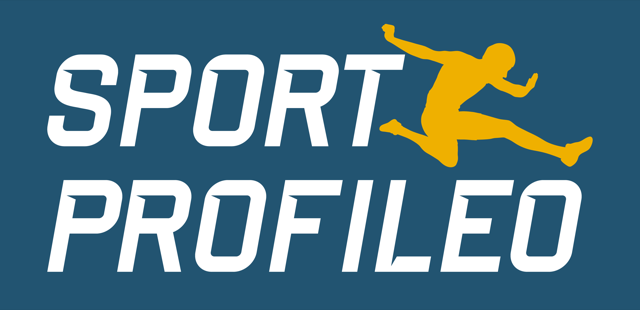In a previous articleI described a model to account for the level of commitment of high-level athletes to their clubs. Commitment, i.e. " the motivation of an athlete to contribute to the success of his or her club ", was described as the result of three factors: institutional factors, relational factors and individual factors.
Whereas in traditional organisations, the commitment of employees is generally surveyed every year, or even more frequently ( pulse surveys), the commitment of top-level sportsmen and women is at best the subject of g ut feeling by the staff (e.g.: "I feel that the girls are involved as never before in saving the club") and at worst of sweeping declarations by supporters, such as: "They don't wear the shirt, it's scandalous, at the price they're being paid".
Yet the advantages of a more objective evaluation of commitment are clear: it makes it possible to identify obstacles to commitment (e.g. communication difficulties between athletes and coaches) and to act on them. It also makes it possible to identify factors that contribute to the commitment of athletes (e.g. strong involvement of athletes in the development of the club's project) and to perpetuate or even strengthen them.
In a world of high-level sport that is becoming addicted to data, does measuring engagement and its determinants not make as much sense as collecting data on the physical or technical performance of athletes? How then can we assess the level of commitment and the factors that influence it?
There are two possible routes: the qualitative route and the quantitative route.
The qualitative approach:
The approach is simple. It is a matter of bringing together all the athletes, or a sample of them, to get them to express themselves on their commitment, what boosts it and what hinders it. Through an interactive and fun methodology, and provided that the objective and the rules of confidentiality have been made clear, it is possible to obtain very rich content, the main lessons of which will be shared with the staff and management. These lessons will be all the more operational if the athletes have been encouraged to reflect on both the problems and the solutions.
The quantitative route then:
This involves asking each athlete in the group, via a questionnaire, about their level of commitment and the issues that impact on their commitment. The questionnaire can also include open-ended questions to give the athlete the opportunity to share their thoughts and ideas on how to better engage athletes in the service of their club's goals. The individual responses are then aggregated into a summary, which again can be shared with the club's decision makers. When the survey is conducted regularly, it is also possible to measure changes in the level of commitment over time.
It is ofcourse possible to combine these two approaches: for example, by starting with the quantitative survey and then using the qualitative approach to get the athletes to express themselves on two or three themes considered to be priorities in view of the quantitative results.
In both cases, there are a few golden rules that must be followed to make the process a success:
+ Explain to athletes the objectives of the approach, in order to encourage them to express themselves.
+ Guarantee the confidentiality of the opinions communicated: it is only collective analyses that must be shared with the management and the staff, and in no case the personal opinions of a particular athlete.
+ Acting on the results: this is the legitimate expectation of athletes who have been surveyed and who will want to know how their suggestions have been taken into account.
